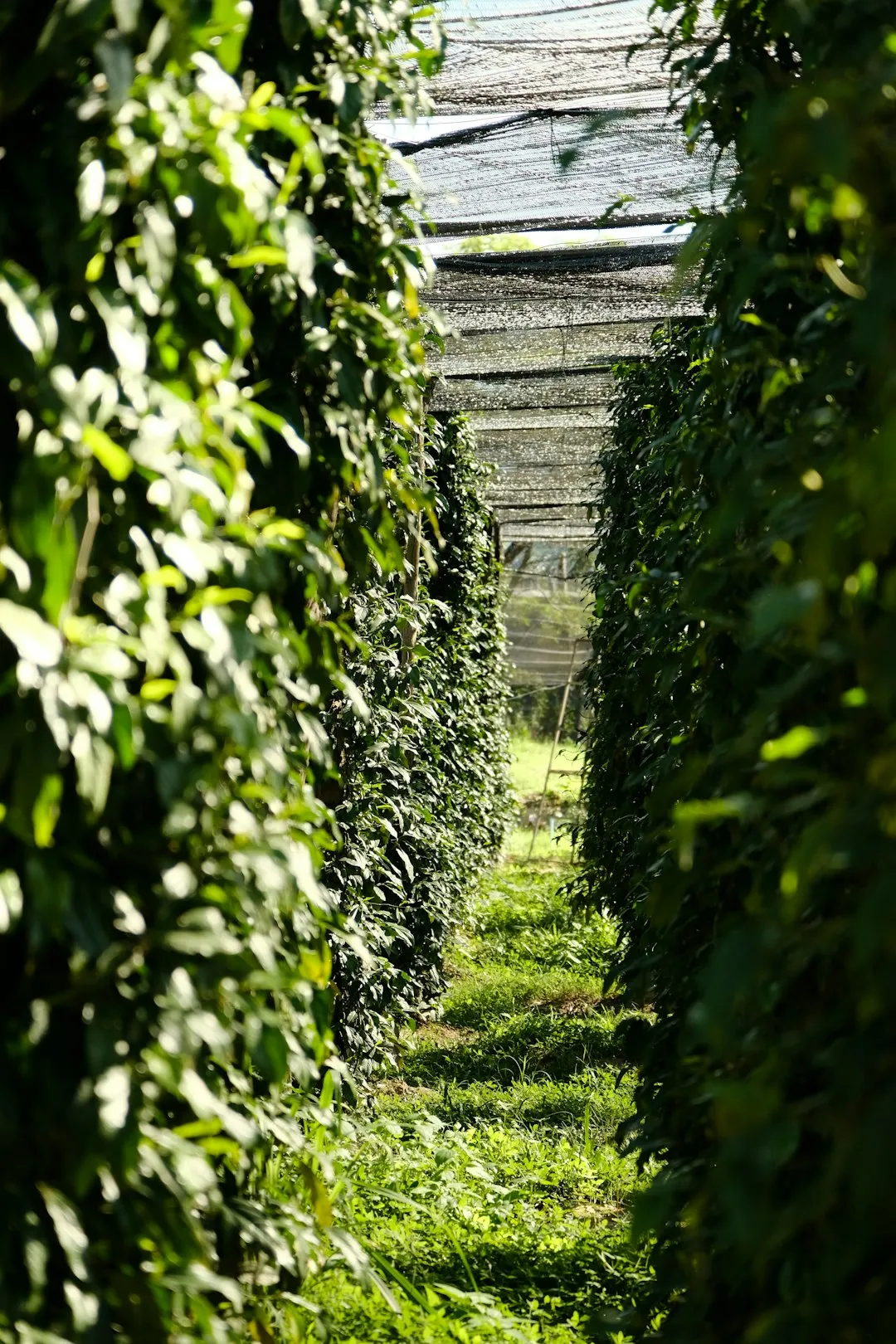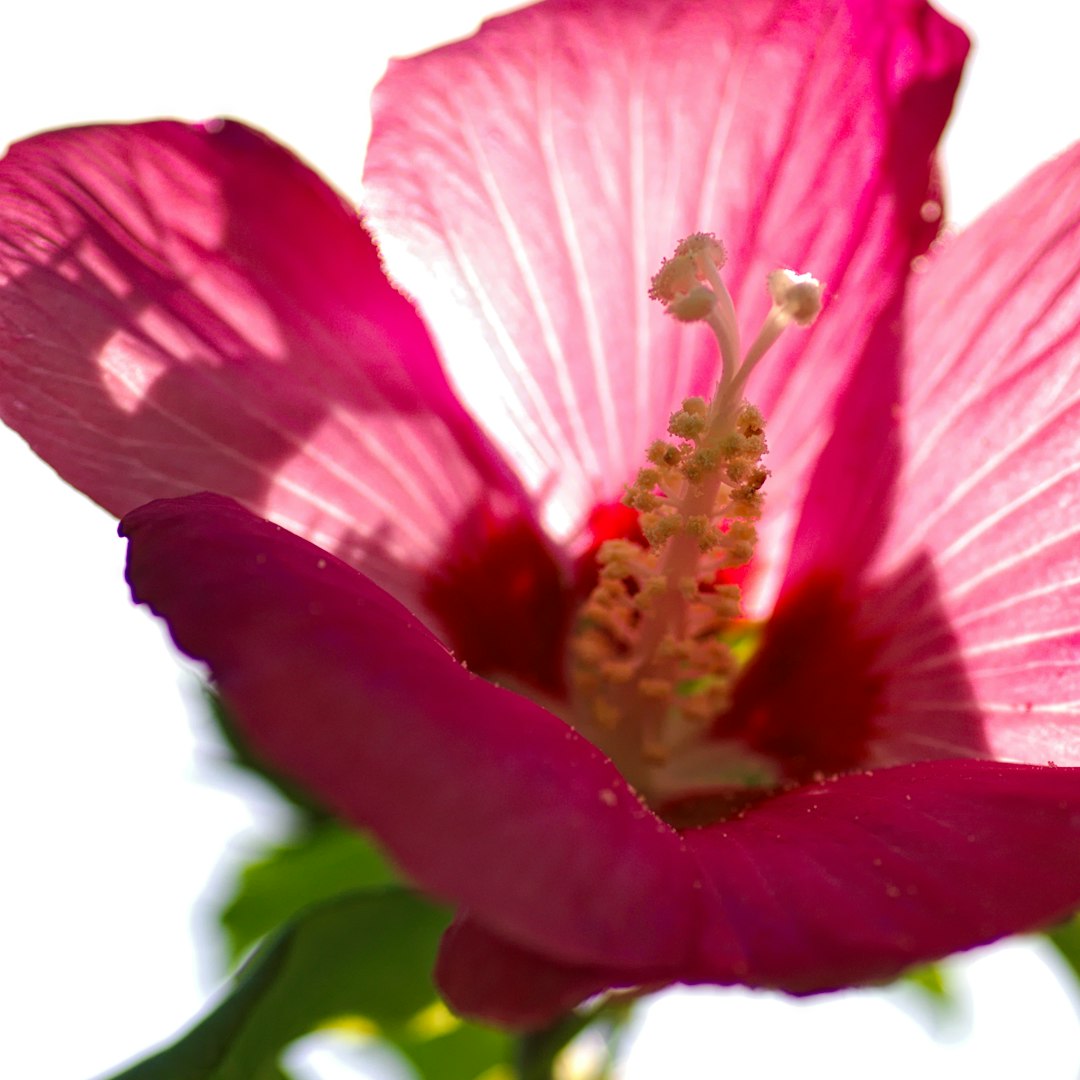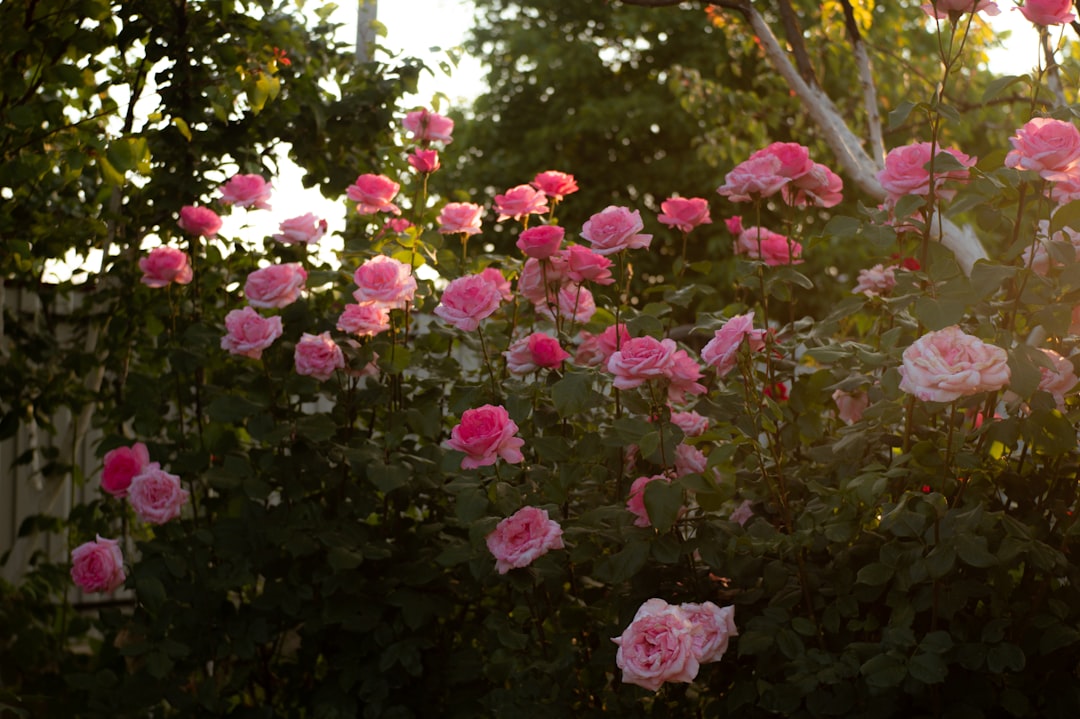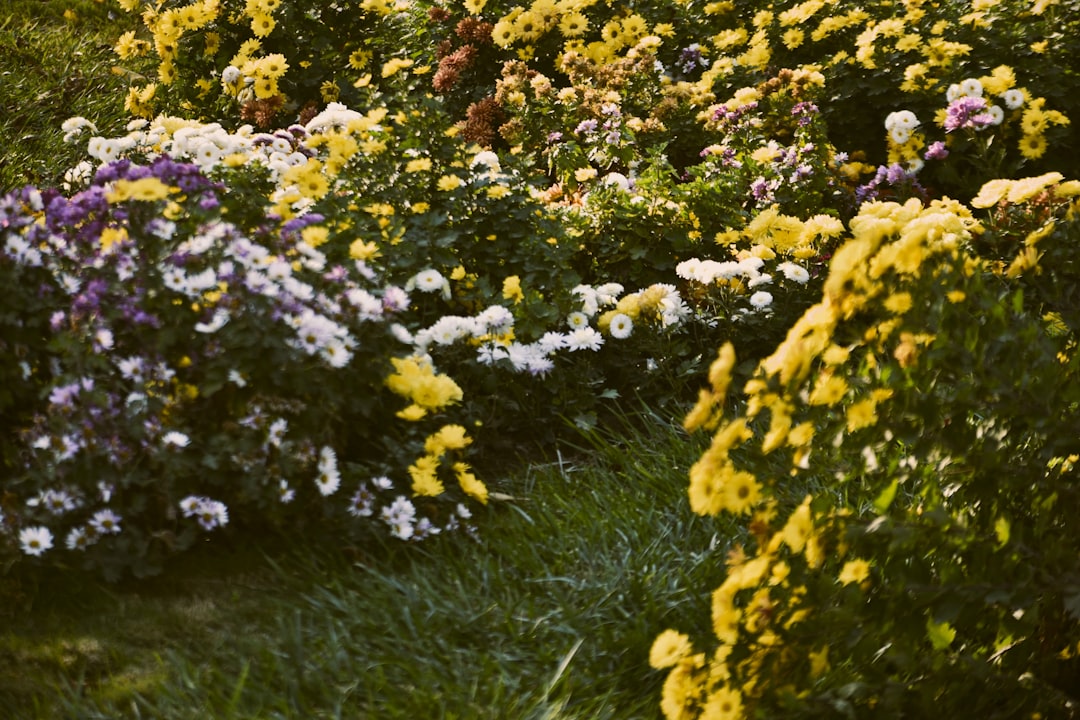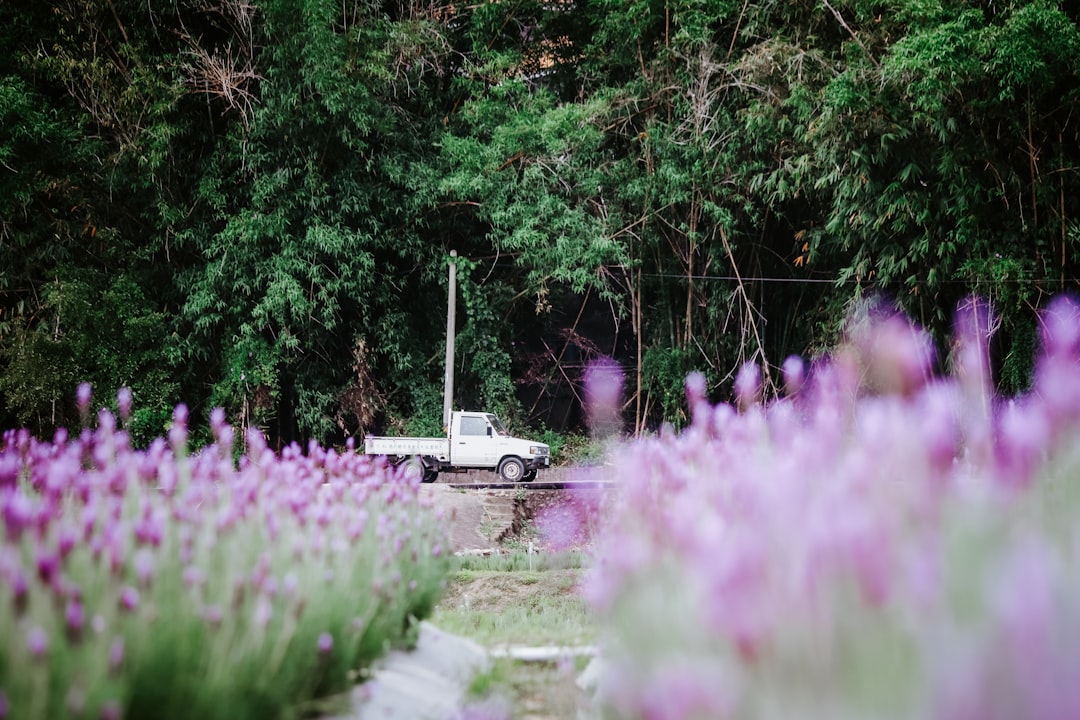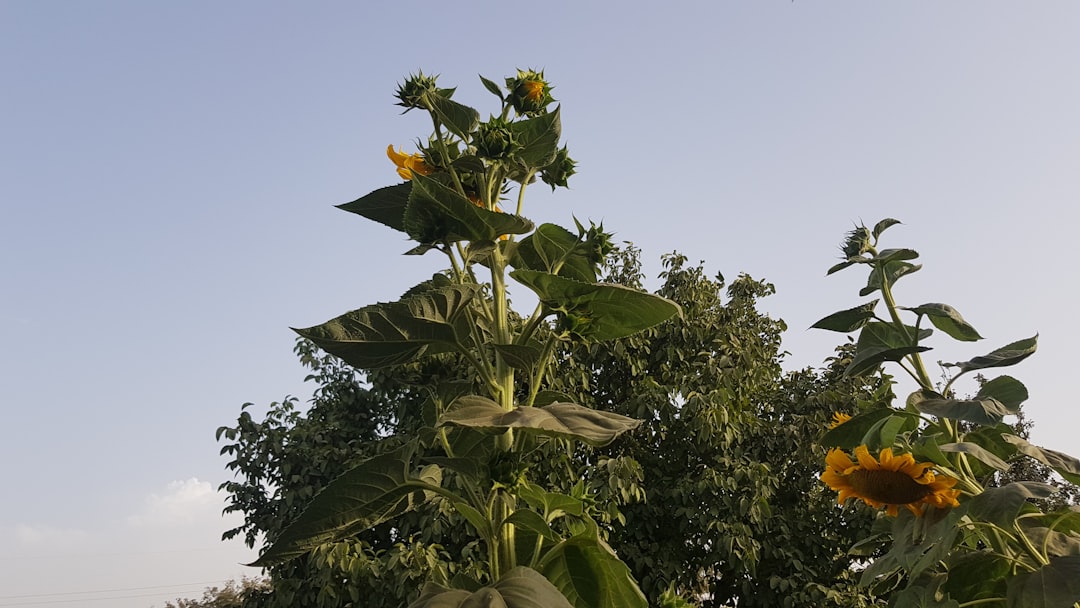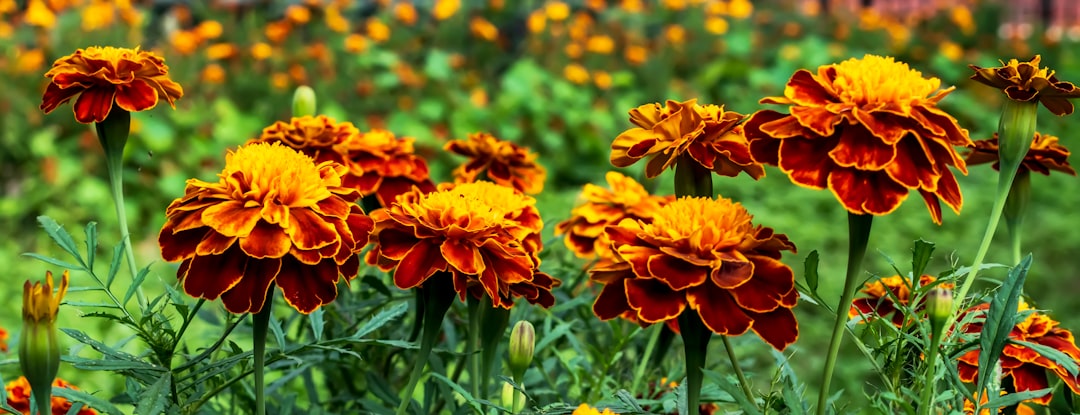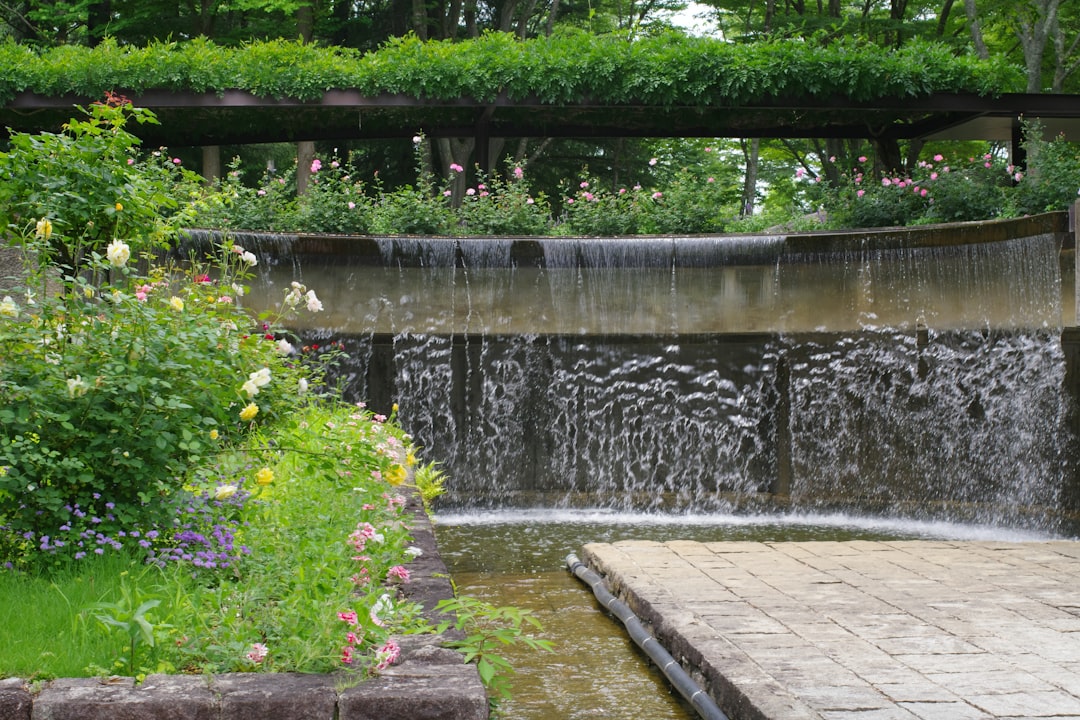Creating an easy - care bed of flowers that remains gorgeous from spring until frost is a dream for many garden enthusiasts. With the right garden plans, you can turn this dream into a reality. In this guide, we'll explore the steps and considerations to design and maintain such a beautiful flower bed.
First and foremost, location is key. Choose a spot in your garden that receives an appropriate amount of sunlight. Most flowers thrive in full sun, which means at least six hours of direct sunlight per day. However, some varieties can tolerate partial shade. Observe your garden throughout the day to determine the best location for your flower bed. If you have a large garden, you might want to consider multiple flower beds in different areas to take advantage of varying sunlight conditions.
Once you've selected the location, it's time to prepare the soil. A well - prepared soil is the foundation of a healthy flower bed. Start by removing any weeds, rocks, or debris from the area. Loosen the soil to a depth of about 12 - 18 inches using a garden fork or tiller. This allows the roots of your flowers to penetrate easily and access nutrients and water. Incorporate organic matter such as compost, aged manure, or peat moss into the soil. Organic matter improves soil structure, retains moisture, and provides essential nutrients for plant growth. Aim to add about 2 - 3 inches of organic matter and mix it thoroughly with the existing soil.
When it comes to choosing the right flowers, consider a combination of annuals, perennials, and bulbs. Annuals are plants that complete their life cycle in one growing season. They offer a wide range of colors and bloom profusely throughout the season. Some popular annuals include petunias, marigolds, and zinnias. Perennials, on the other hand, come back year after year. They may have a shorter blooming period compared to annuals, but they add stability and structure to your flower bed. Examples of perennials are daylilies, coneflowers, and hostas. Bulbs, such as tulips, daffodils, and hyacinths, provide early - spring color and are relatively easy to care for.
Plan your flower bed layout carefully. Group plants with similar water and sunlight requirements together. Place taller plants at the back of the bed and shorter ones at the front to create a visually appealing display. You can also create focal points by using unique or large - flowered plants. Consider the color scheme of your flower bed. Complementary colors, such as purple and yellow or red and green, can create a vibrant and eye - catching display. Monochromatic schemes, using different shades of the same color, can provide a more serene and elegant look.
Watering is an important aspect of maintaining your flower bed. Water deeply and infrequently rather than shallowly and often. This encourages the roots to grow deeper into the soil, making the plants more drought - tolerant. Use a soaker hose or drip irrigation system to deliver water directly to the soil, reducing water waste and preventing foliage diseases. Mulching is another essential practice. Apply a layer of mulch, such as wood chips, straw, or shredded leaves, around your plants. Mulch helps to retain moisture, suppress weeds, and regulate soil temperature.
Fertilizing your flower bed is necessary to keep your plants healthy and blooming. Use a balanced fertilizer, such as a 10 - 10 - 10 or 12 - 12 - 12 formula, according to the package instructions. Apply the fertilizer in the spring when the plants start to grow and again in mid - summer to encourage continuous blooming. Be careful not to over - fertilize, as this can lead to excessive foliage growth at the expense of flowers.
Regular maintenance is crucial for the long - term success of your flower bed. Deadhead spent flowers to encourage new blooms. Prune overgrown or damaged branches to maintain the shape and health of your plants. Check for pests and diseases regularly and take appropriate measures to control them. You can use natural pest control methods, such as introducing beneficial insects or using organic pesticides, to minimize the use of chemicals in your garden.
In conclusion, creating an easy - care flower bed that looks gorgeous from spring until frost requires careful planning, proper soil preparation, the right choice of plants, and consistent maintenance. By following these steps and tips, you can enjoy a beautiful and vibrant flower bed in your garden for many seasons to come.

